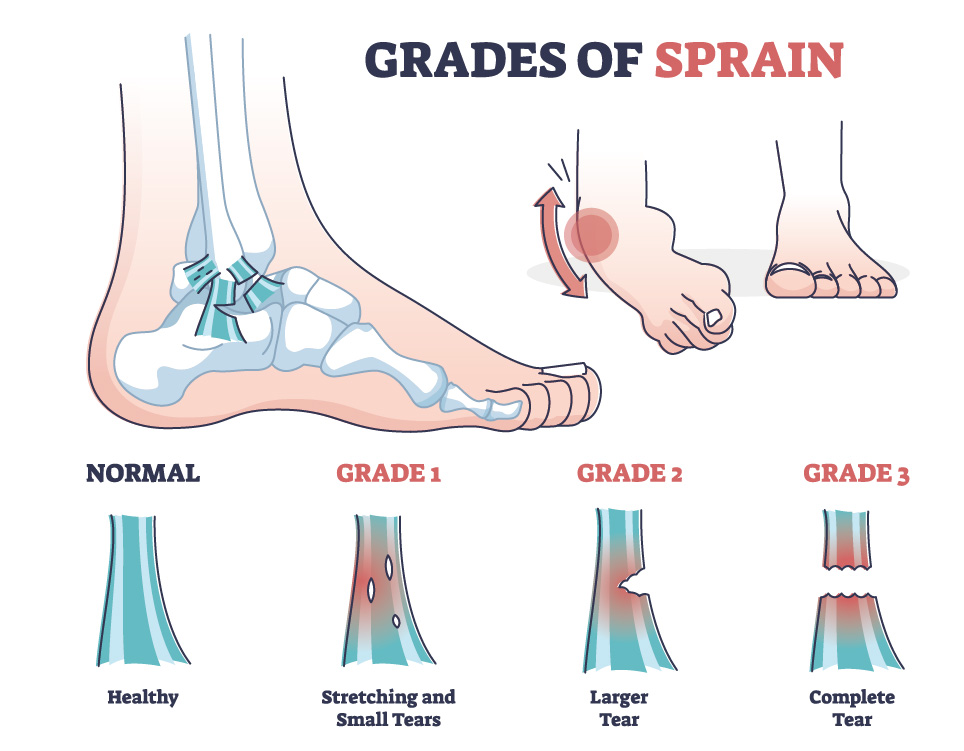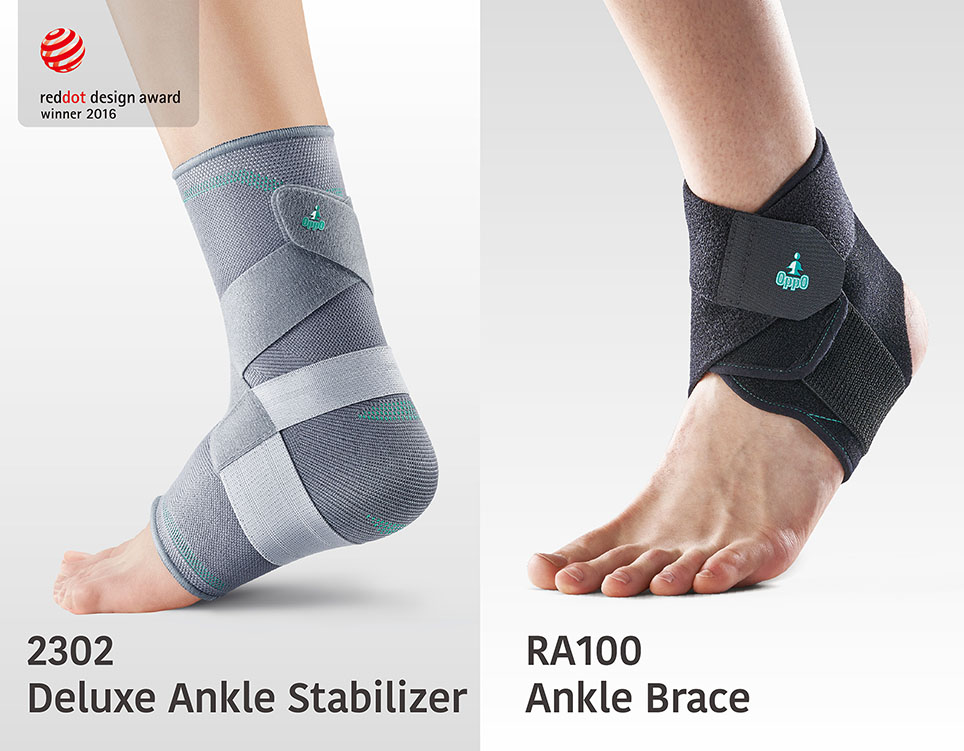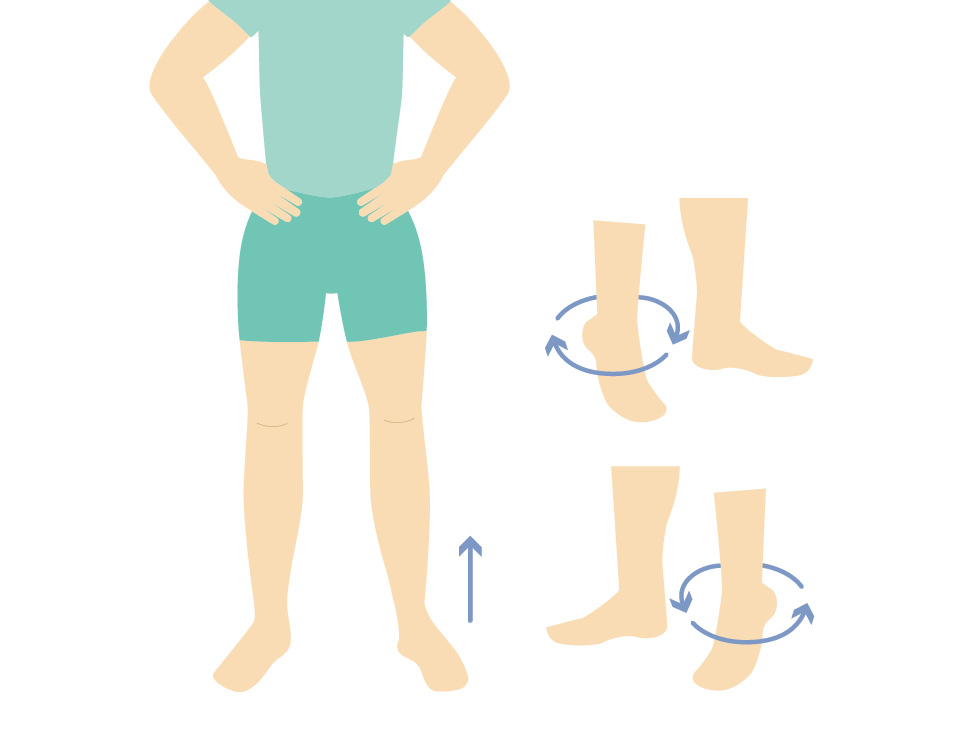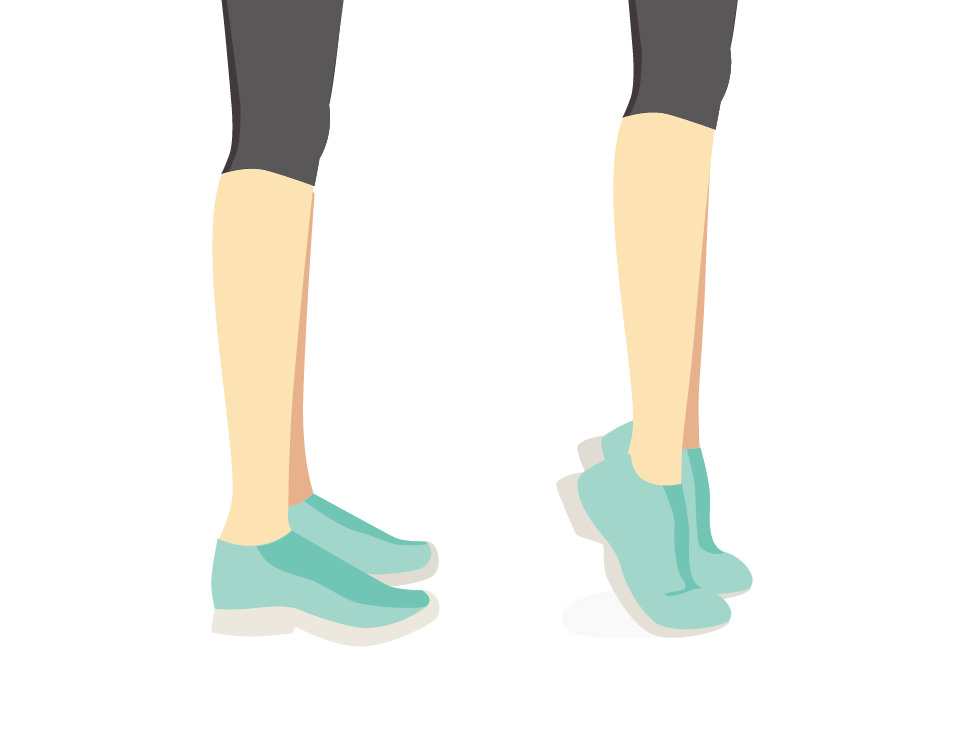LOADING
A sprained ankle can happen in a split second—whether you're playing sports, walking on uneven ground, or simply taking a wrong step. While it’s a common injury, proper care is essential to ensure full recovery and prevent long-term issues. In this guide, you’ll learn what causes ankle sprains, how to recognize the symptoms, and the best ways to treat and rehabilitate your ankle so you can get back on your feet confidently.
Ankle sprains are one of the most common musculoskeletal injuries characterized by damage to the ligaments surrounding the ankle joint, often caused by excessive stretching or tearing. These injuries frequently occur during activities involving sudden changes in direction, jumping, or landing on uneven surfaces. Ankle sprains range in severity from mild stretching of the ligaments (grade I) to partial tearing (grade II) or complete tearing (grade III). Approximately 90% of ankle sprains involve an inversion injury, where the foot turns inward, affecting the anterior talofibular (ATFL) and calcaneofibular (CFL) ligaments on the outside of the ankle. Less common are medial ankle sprains, resulting from an eversion injury where the foot turns outward, impacting the deltoid ligament on the inside of the ankle. Ankle sprains are highly prevalent globally, especially among athletes and those engaged in physical activities, with incidence rates ranging from 2 to 5 cases per 1000 individuals annually, primarily affecting adolescents and young adults.

The symptoms of an ankle sprain can vary depending on the severity of the injury, but commonly include:
Ankle sprains are typically caused by sudden force or trauma that forces the ankle joint out of its normal position, leading to excessive stretching or tearing of the ligaments that support the joint. Some common causes of ankle sprains include:
Treatment for an ankle sprain typically involves a combination of rest, ice, compression, elevation (RICE), and rehabilitation exercises. Here's a breakdown of the treatment approach:
Initially, it's essential to rest the injured ankle to allow the damaged ligaments to heal. Avoid putting weight on the affected ankle and refrain from activities that may aggravate the injury.
Apply ice packs to the injured ankle for 15-20 minutes every 2-3 hours during the first 48 hours after the injury. Ice helps reduce pain, swelling, and inflammation by constricting blood vessels and numbing the area.
Use an elastic bandage or compression wrap to gently compress the injured ankle. Compression helps control swelling and provides support to the injured tissues. Make sure not to wrap the bandage too tightly to avoid interfering with circulation.
Elevate the injured ankle above the level of the heart whenever possible, especially during rest. Elevating the ankle helps reduce swelling by facilitating fluid drainage from the injured area.
Depending on the severity of the sprain, immobilization with a brace, splint, or walking boot may be necessary to stabilize the ankle and prevent further injury. Immobilization devices help protect the injured ligaments and promote healing.
Once the initial pain and swelling have subsided, rehabilitation exercises are essential to restore strength, flexibility, and proprioception to the ankle joint. Physical therapy may be recommended to guide rehabilitation and ensure safe progression of exercises.
After the acute phase of the injury, wearing a supportive ankle brace or using athletic tape during activities can provide additional stability and reduce the risk of reinjury, especially for individuals prone to ankle instability.

Ankle braces or supports can play a crucial role in the management of ankle sprains by providing stability, support, and protection to the injured joint. Here's how ankle braces can help:
✓ Stability
Ankle braces help stabilize the ankle joint by limiting excessive movement and preventing abnormal twisting or rolling motions that could further strain the injured ligaments. This stability reduces the risk of re-injury and promotes healing of the damaged tissues.
✓ Compression
Many ankle braces provide compression around the ankle joint, which helps reduce swelling and inflammation. Compression also improves proprioception, the body's sense of joint position, which can enhance balance and coordination during movement.
✓ Immobilization
Certain types of ankle braces, such as rigid or semi-rigid braces, immobilize the ankle joint to varying degrees. Immobilization helps protect the injured ligaments from further stress and allows them to heal properly without being subjected to excessive movement or strain.
✓ Support
Ankle braces offer external support to the ankle joint, compensating for weakened or damaged ligaments. This support can enhance stability and proprioception, reducing the risk of ankle instability and providing a sense of security during activities.
✓ Pain Relief
By stabilizing and supporting the ankle joint, ankle braces can help alleviate pain and discomfort associated with ankle sprains. The compression and support provided by the brace may also help reduce pain by minimizing swelling and inflammation in the injured area.
✓ Prevention of Re-Injury
Wearing an ankle brace during physical activity or sports participation can help prevent re-injury by reducing the risk of excessive ankle movement and providing additional support to the joint. This can be especially beneficial during the early stages of rehabilitation when the ankle is still healing and vulnerable to further injury.
*DELUXE ANKLE STABILIZER | Products | OPPO Medical
*ANKLE BRACE | Products | OPPO Medical
Exercise plays a crucial role in the rehabilitation of ankle sprains, helping to restore strength, flexibility, and stability to the injured joint. Here are some exercises commonly prescribed for ankle sprain rehabilitation:

Sit or lie down with your leg extended. Slowly rotate your ankle in a circular motion, making 10 circles clockwise and 10 counterclockwise.

Stand with your feet shoulder-width apart. Slowly rise onto your toes, hold for 1-2 seconds, and lower back down. Perform 10 to 15 repetitions.

Step onto a low step with your injured foot, then bring your uninjured foot up. Step down with the uninjured foot first. Repeat 10 to 15 times.
Sit with your leg extended and loop a towel around the ball of your foot. Gently pull the towel toward you while keeping your knee straight, holding for 15 to 30 seconds.
Use a resistance band to perform ankle dorsiflexion, plantarflexion, inversion, and eversion. Anchor the band and move your foot against the resistance in each direction. Perform 10 repetitions for each movement.
Stand on the affected foot for 20 to 30 seconds, using a stable surface for support if needed. Progress to balancing without support or standing on an unstable surface like a foam pad.
Copy Link